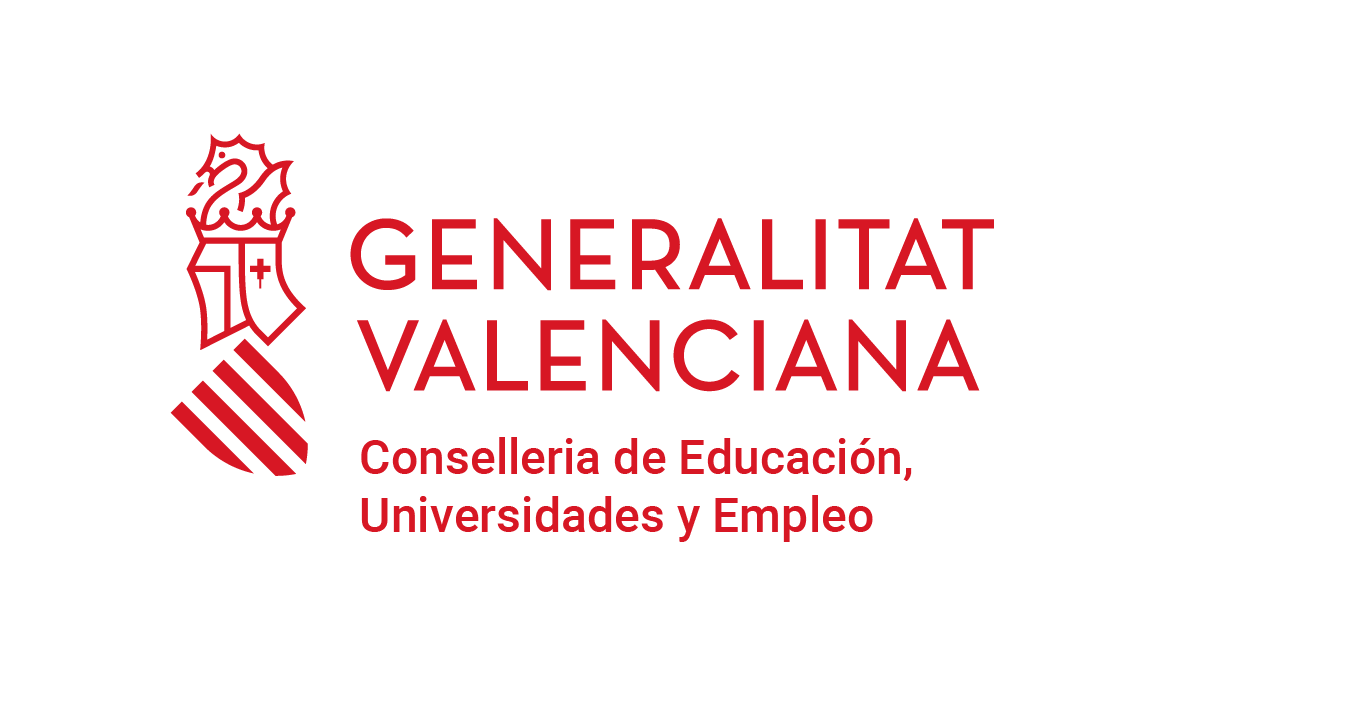The smartUJI Project consists in technology based on smart maps to integrate their data into a spatial information system to improve the monitoring and management of its resources. This project, which began as an educational initiative associated with the Erasmus Mundus Master Programme in Geospatial Technologies, has developed thanks to the work of the students and researchers in the group involved, some 15 people who have collaborated with the project in its different phases, with the University’s institutional support, and the project is now ready to move on to the “city scale”.
This platform permits users to relate to all the information available in their surroundings, from working areas to the city. This project provides tools to analyse the various systems which make up the intelligent surrounding: mobility, the natural environment, energy, participation, etc. For instance, searches can be done by name, area, department or building; obtain a navigation route on foot or from the city using the biciCAS service to a given area; consult information on restoring services, recycling bins, or car park spaces; report damage or breakdown in the campus infrastructures; or monitor the consumption of electricity, gas and water in a building in real time.
It is worth stressing that these tools can be used on the web or via mobile devices, and information can be viewed on maps and in models in 3D, or by augmented reality with a Smartphone camera.




